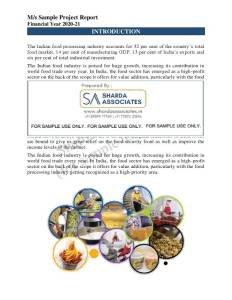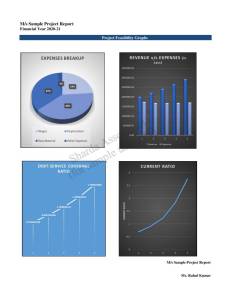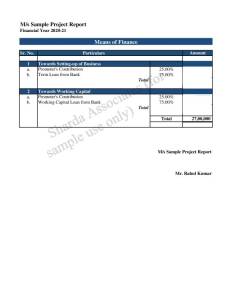Project Report For Grocery Store
Introduction
The project report for Grocery Store is as follows.
A grocery is a self-service store that sells a broad range of food, drinks, and home items divided into departments. This type of shop is larger and has a greater selection than older grocery stores, but it is smaller and has a more restricted assortment than a supermarket or big-box market.
Fresh meat, fresh fruit, dairy, deli products, bakery items, and other items are commonly found at supermarkets. Canned and packaged foods, as well as different non-food items such as cookware, home cleansers, pharmaceutical products, and grocery items, have their own shelves. Some stores also offer routinely consumed home products such as alcohol (where authorised), medication, and clothes, and others sell a considerably broader range of non-food items such as DVDs, athletic equipment, board games, and seasonal items (e.g., Christmas wrapping paper in December).
The conventional supermarket takes up a lot of floor space and is usually on a single level. In order to be handy for customers, it is generally located near a residential neighbourhood. The basic allure is the availability of a diverse range of items under one roof at reasonable rates. Other benefits include the simplicity of parking and, in many cases, the convenience of shopping hours that stretch into the evening or even 24 hours a day. Supermarkets often spend a lot of money on advertising, mainly through newspapers. They also have extensive product displays in-store.
Supermarkets are often retail stores that are provided by the distribution facilities of their parent companies, allowing for economies of scale. Supermarkets frequently provide low-cost items by using their buying power to get goods from producers at cheaper prices than smaller merchants can. They also save money on financing by paying for items at least 30 days after receiving them, and some suppliers offer credit terms of 90 days or more. Certain goods (typically staple commodities such as bread, milk, and sugar) are occasionally advertised as loss leaders in order to attract people to buy from their establishment. Supermarkets make up for low margins with a high volume of sales and higher-margin items purchased by attracted customers. Self-service checkout using food carts (trolleys) or baskets reduces labour costs, and many supermarket chains are trying to cut costs even further by moving to self-service check-out.
Market Potential Of Grocery Store
The Indian online grocery industry was worth USD 3.9 billion in 2020 and is anticipated to increase at a 38.1 per cent compound annual growth rate (CAGR) from 2021 to 2028. The industry has gained tremendous pace in recent months as a result of changing consumer lifestyles, increasing urbanisation, and a tech-savvy population that wants to buy items online. People are increasingly searching out customised and convenient online platforms for food shopping instead of trekking down to the neighbourhood vendors as their disposable incomes rise and their lifestyles become busier. Following the COVID-19 epidemic, there was a greater desire for online food delivery. With the social distancing norms, customers are resorting to online food buying, which is not only convenient but also safer.
The market is anticipated to grow considerably during the next several years. Initiatives like no-touch delivery and online payment have attracted consumers to buy their groceries from a number of online platforms, including Amazon, Big Bazar, Swiggy, and many more. Customers’ reliance on the internet platform has risen substantially as a result of the coronavirus safety concerns and a large percentage of the population working from home. As a result, the market now has access to a slew of fresh growth prospects.
Project Report Sample On Grocery Store
Need Help?
Create 100% Bankable Project Report





